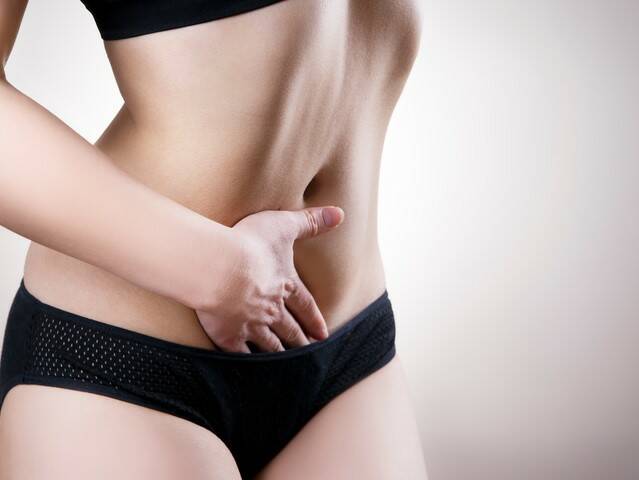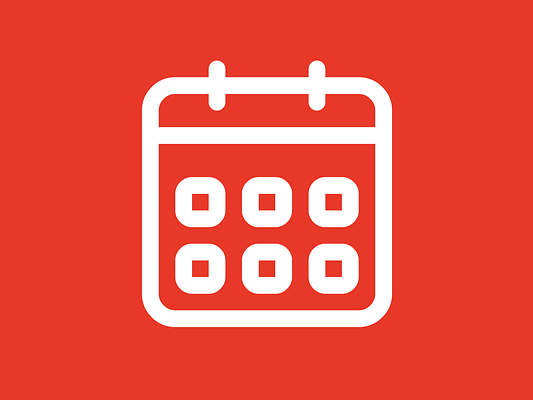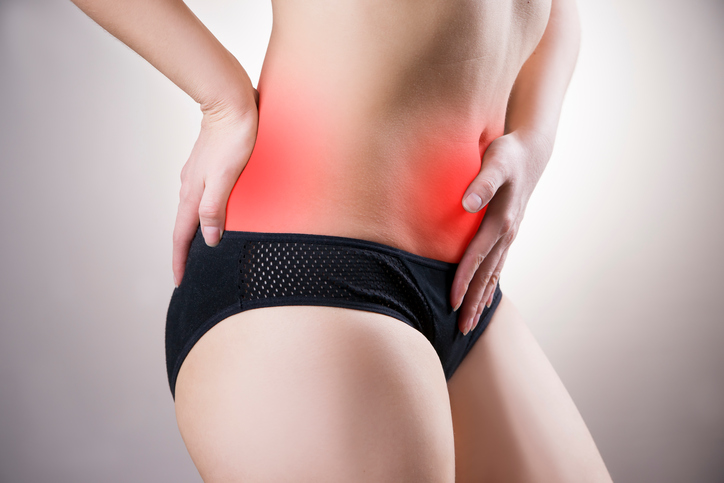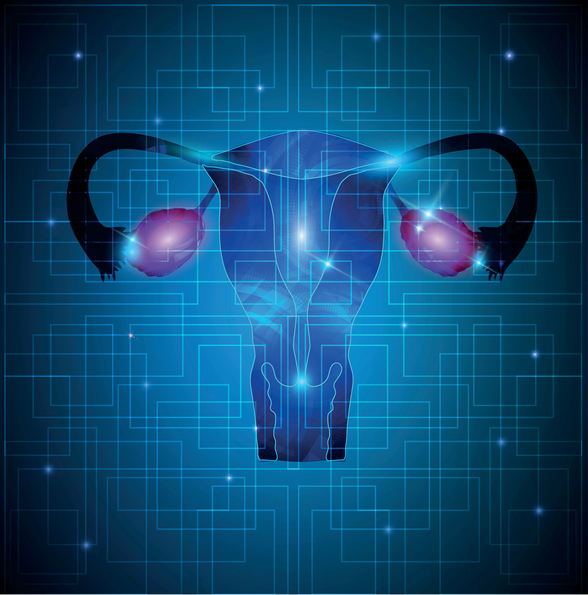- "Ovulation Pain: Symptoms, Causes & Pain Relief". Cleveland Clinic.
- "Am I Ovulating? How to Spot the Signs". WebMD.
- "Ovulation cramps: Symptoms and what they mean for fertility".
- Bullivant SB, Sellergren SA, Stern K, Spencer NA, Jacob S, Mennella JA, McClintock MK (February 2004). "Women's sexual experience during the menstrual cycle: identification of the sexual phase by noninvasive measurement of luteinizing hormone". Journal of Sex Research. 41 (1): 82–93.
- Roberts S, Havlicek J, Flegr J, Hruskova M, Little A, Jones B, Perrett D, Petrie M (August 2004). "Female facial attractiveness increases during the fertile phase of the menstrual cycle". Proc Biol Sci. 271 (Suppl 5:S): 270–2.
- Dunson DB, Baird DD, Wilcox AJ, Weinberg CR (July 1999). "Day-specific probabilities of clinical pregnancy based on two studies with imperfect measures of ovulation". Human Reproduction. 14 (7): 1835–9.
- JOYDEV MUKHERJI; RAJENDRA PRASAD GANGULY; SUBRATA LALL SEAL. BASICS OF GYNECOLOGY FOR EXAMINEES: ALL IN ONE : THEORY, CLINICS & CASE DISCUSSION, INSTRUMENTS AND SPECIMENS, OPERATIVE GYNECOLOGY AND RADIOLOGY (X-RAY, USG INCLUDING 3D). Academic Publishers. pp. 244–. ISBN 9789387162303.
- ^ Page 54 in: McVeigh E, Guillebaud J, Homburg R (2008). Oxford handbook of reproductive medicine and family planning. Oxford [Oxfordshire]: Oxford University Press. ISBN 978-0-19-920380-2.
- Baird, D. T.; Balen, A.; Escobar-Morreale, H. F.; Evers, J. L. H.; Fauser, B. C. J. M.; Franks, S.; Glasier, A.; Homburg, R.; La Vecchia, C.; Devroey, P.; Diedrich, K.; Fraser, L.; Gianaroli, L.; Liebaers, I.; Sunde, A.; Tapanainen, J. S.; Tarlatzis, B.; Van Steirteghem, A.; Veiga, A.; Crosignani, P. G.; Evers, J. L. H. (2012). "Health and fertility in World Health Organization group 2 anovulatory women". Human Reproduction Update. 18 (5): 586–99.
- Emre Seli, ed. (2 February 2011). Infertility. John Wiley & Sons. ISBN 978-1-4443-9394-1. OCLC 1083163793.
- Bakker J, Baum MJ (July 2000). "Neuroendocrine regulation of GnRH release in induced ovulators". Frontiers in Neuroendocrinology. 21 (3): 220–62.
- Nelson AL, Cwiak C (2011). "Combined oral contraceptives (COCs)". In Hatcher RA, Trussell J, Nelson AL, Cates W, Kowal D, Policar MS (eds.). Contraceptive technology (20th revised ed.). New York: Ardent Media. pp. 249–341. ISBN 978-1-59708-004-0. ISSN 0091-9721. OCLC 781956734. pp. 257–258
- Endrikat J, Gerlinger C, Richard S, Rosenbaum P, Düsterberg B (December 2011). "Ovulation inhibition doses of progestins: a systematic review of the available literature and of marketed preparations worldwide". Contraception. 84 (6): 549–57.
Ovulation pain: The norm, the discharge, and other issues

Photo source: Getty images













